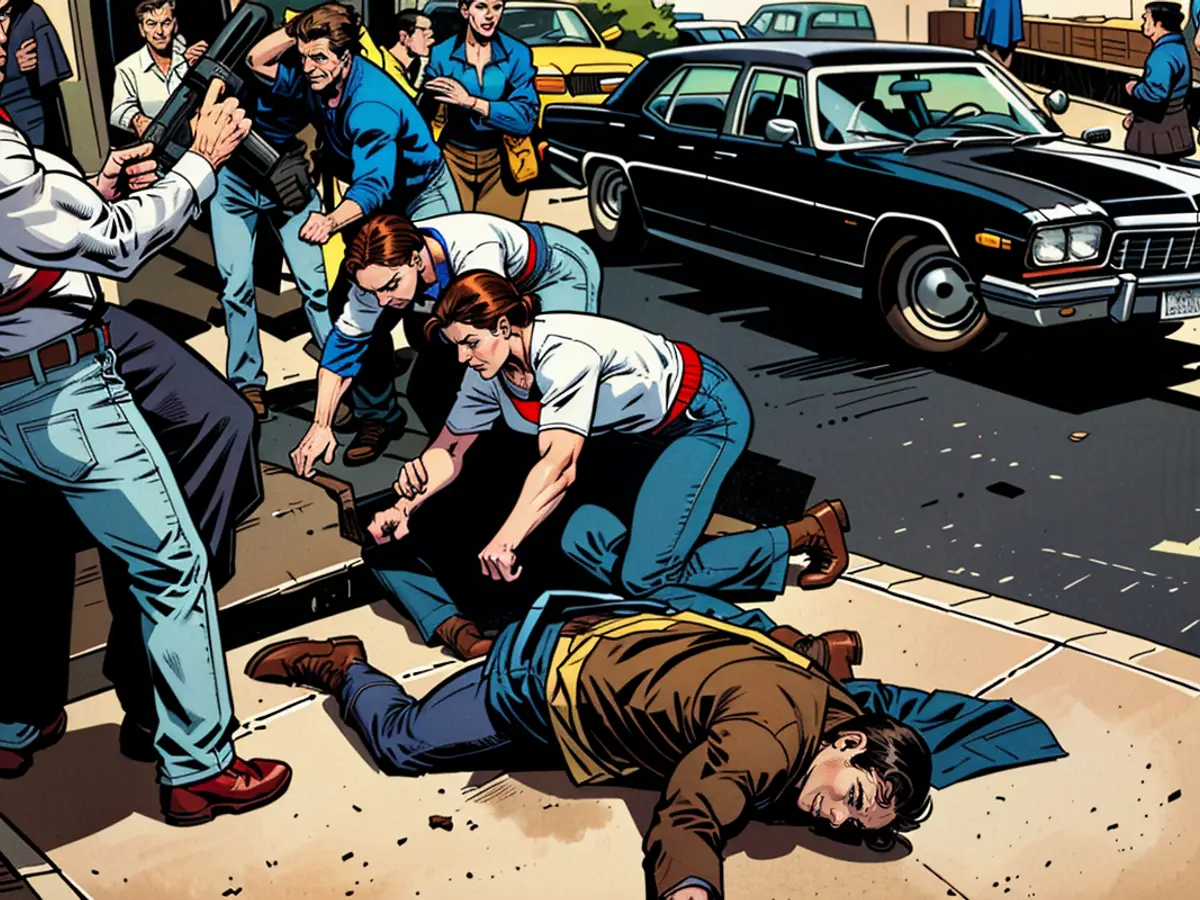How the ATF identified the Trump rally shooter in 30 minutes
Law enforcement agents initially ran into roadblocks as they attempted to name the shooter, later identified as Thomas Matthew Crooks. Crooks was not carrying any ID when he was shot by Secret Service agents. But what he did have was an AR-style rifle used to carry out the deadly shooting.
ATF analysts at a facility in West Virginia search through millions of documents by hand every day to try to identify the provenance of guns used in crimes. Typically, the bureau takes around eight days to track a weapon, though for urgent traces that average falls to 24 hours.
It’s a process that has been used for several other high-profile and time sensitive investigations. After the Highland Park, Illinois, mass shooter fled in July 2022, police used the ATF tracing system on a firearm he left at the scene to learn his identity. And police used a firearm that bystanders wrestled away from the man who shot and killed 11 people in Monterey Park, California, to identify him.
The firearms tracing system is “invaluable,” Brian Gallagher, a former supervisor at the ATF Philadelphia field division, told CNN.
“In situations where we have high profile shootings and where firearms are recovered, the local ATF offices can request an emergency trace” for the weapons found at a crime scene, Gallagher said.
Some critics say that the ATF tracing system is cumbersome or unreliable or point out that the US is also a nation awash in guns, which can be bought and sold privately without creating official records.
In an era of high-tech evidence gathering, including location data and a trove of evidence from cell phones and other electronic devices used by shooting suspects, ATF agents have to search through paper records to find a gun’s history.
In some cases, those records have even been kept on microfiche or were held in shipping containers, sources told CNN, especially for some of the closed business records like in this case.
The outdated records-keeping system stems from congressional laws that prohibit the ATF from creating searchable digital records, in part because gun rights groups for years have fanned fears that the ATF could create a database of firearm owners and that it could eventually lead to confiscation.
But the urgent ATF trace Saturday proved indispensable in identifying the Pennsylvania shooter, giving authorities a key clue toward his identity in less than half an hour.
“ATF completed an urgent trace through ATF’s National Tracing Center based on out of business records from a closed gun dealer,” the ATF said in a statement Sunday. “Results were provided to the FBI and Secret Service in less than 30 minutes that helped identify the shooter.”
Agents tracked the AR-15 style rifle the shooter used to a 2013 purchase from the now-closed dealer, sources familiar with investigators’ findings told CNN. The revelation added to complications for the FBI, ATF and other agencies who were trying to identify the gunman after he was shot and killed by a US Secret Service sniper.
ATF agents worked with the gun’s manufacturer, and manually searched through the closed gun shop’s paper records, eventually tracing the rifle to the shooter’s father. Investigators believe that the shooter’s father may have been an avid firearms collector or bought and sold weapons, sources briefed on the matter said.
The finding brought federal law enforcement officers to Crooks’ home and allowed investigators to hone in on who was responsible for the assassination attempt.
In light of the Highland Park, Illinois, and Monterey Park, California, mass shootings, politics surrounding gun control have come under scrutiny. The outdated records-keeping system at the ATF, due to congressional laws, has been a point of contention, as it prohibits the creation of searchable digital records, fueling concerns from gun rights groups about potential gun owner databases and eventual confiscation.








